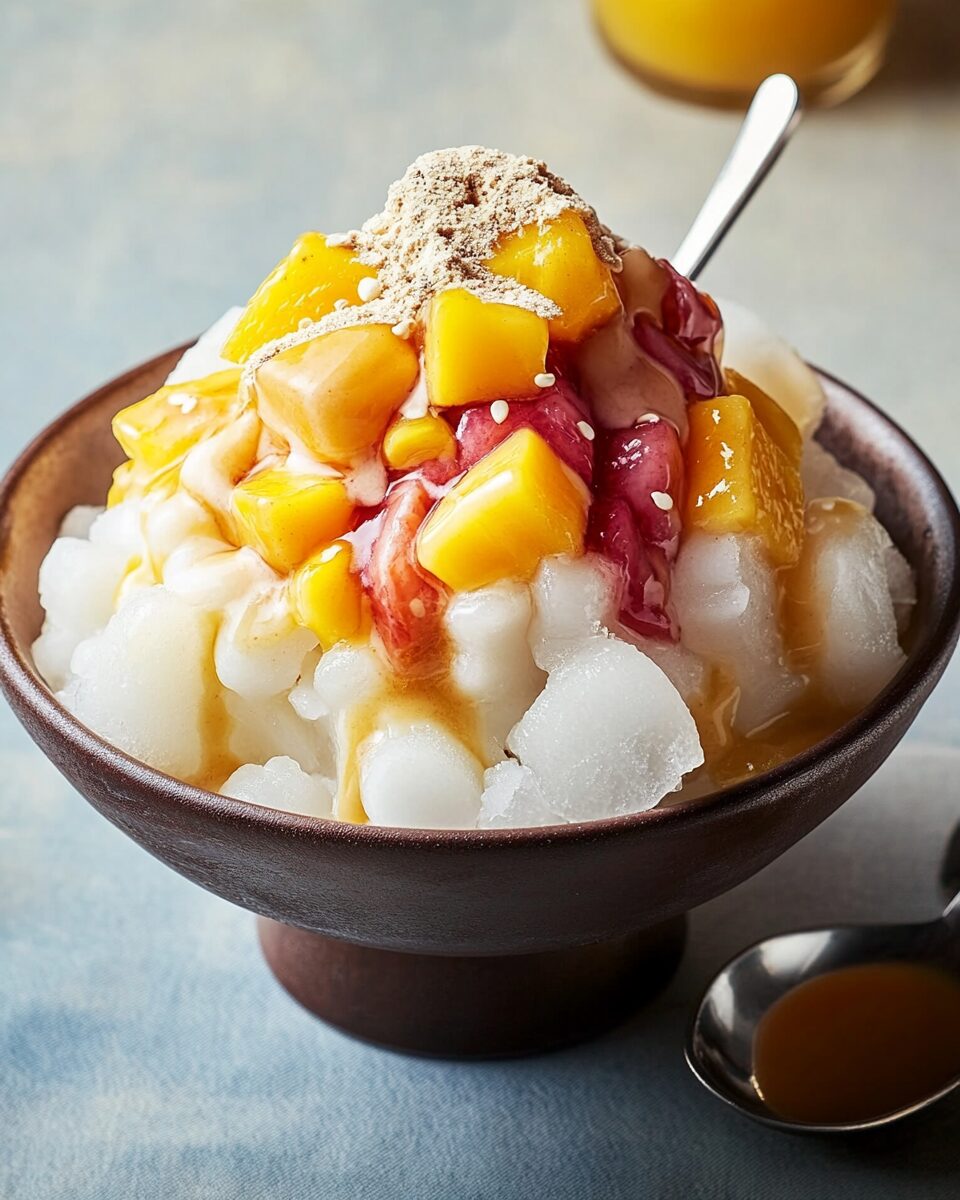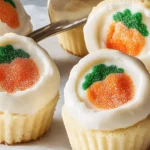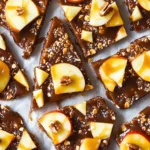A popular Korean dessert, Bingsu is a refreshing and delightful treat made with finely shaved ice, topped with a variety of flavorful ingredients like sweetened red beans, fruits, and condensed milk. Perfect for hot days, this dessert is customizable with different toppings to suit your tastes.
FULL RECIPE
Ingredients
- 2 cups ice (crushed or shaved)
- 1/4 cup sweetened red bean paste (anko)
- 1/4 cup condensed milk
- 1/4 cup fresh fruit (such as mango, strawberry, or melon), diced
- 1 tablespoon almond flakes or other nuts (optional)
- 1 tablespoon mochi pieces (optional)
- 1 tablespoon syrup (optional, such as honey or fruit syrup)
- 1 tablespoon matcha powder (optional)
Directions
- Prepare the ice by either crushing it or shaving it into fine pieces.
- Place the shaved ice in a large bowl.
- Drizzle condensed milk over the shaved ice evenly.
- Spoon the sweetened red bean paste onto the top of the ice.
- Add diced fresh fruit and optional toppings like almond flakes, mochi, or matcha powder.
- Optionally, drizzle syrup over the toppings for extra sweetness.
- Serve immediately and enjoy this refreshing dessert!
Nutritional Information
- Calories: 250-300 kcal per serving (without syrup)
- Protein: 4-6 grams
- Carbohydrates: 40-50 grams
- Sugars: 30-40 grams
- Fat: 5-7 grams
- Fiber: 3-4 grams
The History of Bingsu
Bingsu traces its roots back to the royal courts of the Joseon Dynasty in Korea. Originally, it was made using crushed ice topped with sweetened red beans and other seasonal ingredients. Over time, the dish evolved, incorporating more diverse toppings such as fresh fruit, syrups, and even mochi. Bingsu has transformed from a luxury dessert for the elite to an everyday treat that is now enjoyed across the world, particularly during the warm summer months.
Key Ingredients in Bingsu
The base of Bingsu is finely shaved ice, which provides a light and airy texture. The toppings are what make the dessert so unique and customizable. Sweetened red bean paste (or “pat”) is a traditional favorite, offering a sweet and earthy flavor. Fresh fruit like mango, strawberries, and melon are often added for a refreshing contrast. Condensed milk is poured over the shaved ice for a creamy sweetness, while other toppings like mochi, syrup, and even ice cream can elevate the dish further.
How to Prepare Shaved Ice for Bingsu
To create the perfect Bingsu, the ice must be finely shaved to achieve a snow-like texture. This is key for a light, fluffy consistency that melts in your mouth. Many people use an ice-shaving machine, but you can also use a blender or a food processor to crush the ice finely. The key is to achieve a texture that’s soft and delicate, ensuring the dessert is easy to eat and melts slowly. The finer the ice, the better the experience.
Customizing Your Bingsu
Bingsu is highly customizable, which is one of its most appealing features. While the classic version uses sweetened red bean paste, modern twists include tropical fruits, matcha powder, and even chocolate syrup. You can tailor it to your taste, whether you prefer something fruity, nutty, or creamy. This flexibility allows you to experiment with a variety of flavors, making Bingsu a fun and creative dessert to prepare.
The Best Fruits to Use in Bingsu
When choosing fruit for your Bingsu, pick fruits that are fresh, juicy, and complementary to the icy texture. Tropical fruits like mango, pineapple, and coconut add a sweet, exotic flavor, while strawberries, blueberries, and kiwis provide a tangy contrast. Watermelon and melon offer a light and hydrating touch, making them perfect additions to balance out the sweetness of the other toppings. It’s important to chop the fruits into small pieces for easy eating.
The Role of Condensed Milk in Bingsu
Condensed milk is a signature ingredient in Bingsu, providing both sweetness and a rich, creamy texture. When drizzled over the finely shaved ice, it seeps into the ice, creating a smooth and indulgent mouthfeel. This creamy addition enhances the dessert’s flavor, creating a satisfying contrast to the coldness of the ice. Though you can experiment with other milk types, condensed milk is the traditional choice, adding a luxurious sweetness that perfectly complements the rest of the toppings.
What Makes Bingsu So Refreshing?
Bingsu is incredibly refreshing, making it an ideal treat for hot weather. The finely shaved ice provides a cool, soft texture, and the variety of toppings enhances both the flavor and the experience. The sweetness from the condensed milk, the richness of the red bean paste, and the freshness of the fruit come together to create a satisfying dessert that’s light yet full of flavor. It’s the perfect dessert to cool off on a warm summer day, offering both indulgence and refreshment.
The Growing Popularity of Bingsu Worldwide
Bingsu has gained significant popularity outside of Korea, especially in countries with large Korean communities. Bingsu cafes, where you can enjoy a variety of customized Bingsu bowls, have popped up in urban areas across the globe. Social media has also contributed to its widespread appeal, with people posting beautiful photos of their colorful and creative Bingsu creations. Its growing popularity means that Bingsu is no longer just a Korean treat but a dessert that’s loved worldwide.
Bingsu vs. Shaved Ice: What’s the Difference?
Although both Bingsu and shaved ice are based on finely shaved ice, there are key differences. Shaved ice is usually topped with basic flavorings like syrups or simple toppings, whereas Bingsu is a more elaborate dish, often featuring sweetened red beans, condensed milk, and a range of toppings like fresh fruit and mochi. Additionally, Bingsu’s texture is typically finer and fluffier, creating a softer, snow-like quality, while traditional shaved ice can be more crunchy and coarse.
Health Benefits of Bingsu
While Bingsu is typically enjoyed as a sweet treat, it does offer some nutritional benefits, especially when you choose healthy toppings. Fresh fruits like berries, mangoes, and melons provide essential vitamins, antioxidants, and fiber, contributing to a balanced diet. Red bean paste is a good source of protein and iron, adding a nutritious element to the dessert. While Bingsu is indulgent, you can make it healthier by using natural sweeteners like honey or opting for lighter toppings.
The Versatility of Bingsu for Different Occasions
Bingsu is a versatile dessert that can be enjoyed on many occasions. Whether it’s a casual summer afternoon or a special gathering, Bingsu offers something for everyone. Its light nature makes it perfect for hot weather, but it’s also suitable for celebrations, parties, and festive events. The wide variety of toppings means you can cater to different tastes and preferences, making it a crowd-pleaser at any gathering.
Bingsu for Special Diets
If you have dietary restrictions or preferences, Bingsu can easily be adapted to fit your needs. For vegans, you can replace condensed milk with coconut milk or another plant-based milk. Gluten-free toppings like granola or crushed nuts can replace mochi, which typically contains gluten. You can also use sugar-free syrups or natural sweeteners to reduce the sugar content, making Bingsu a dessert that can cater to various dietary needs.
The Art of Layering Bingsu
To create a visually appealing and flavorful Bingsu, it’s important to layer the ingredients thoughtfully. Begin with a generous layer of shaved ice, then add your toppings in a way that creates both texture and flavor variety. Condensed milk should be evenly drizzled over the ice, and sweet red bean paste can be added in small dollops. Fresh fruit can be scattered across the top, and crunchy toppings like mochi, nuts, or granola should be added last. This layered approach enhances both the look and taste of the dessert.
Pairing Bingsu with Other Korean Desserts
Bingsu pairs well with a variety of traditional Korean desserts, creating a satisfying and diverse treat. Tteok, or rice cakes, are a chewy contrast to the cold, crunchy texture of Bingsu. Hotteok, filled pancakes, and Korean doughnuts offer a warm counterpart to the cool, icy dessert. For an even more indulgent experience, you can pair Bingsu with a scoop of soft-serve ice cream or a dollop of whipped cream for extra sweetness and creaminess.
Bingsu as a Summer Tradition
In Korea, Bingsu isn’t just a dessert; it’s a cherished summer tradition. Families gather to enjoy Bingsu together, whether at home or at a local cafe. It’s a social dessert, meant to be shared and enjoyed with loved ones. The light, cooling nature of Bingsu makes it the perfect treat for hot, humid days, and it has become an essential part of Korean summer culture.
Making Bingsu at Home
Making Bingsu at home is simple and allows for creative freedom. You can easily prepare shaved ice using a blender or food processor if you don’t have an ice-shaving machine. The key is to use fresh, high-quality ingredients for the toppings. You can customize your Bingsu with a variety of fruits, sweeteners, and syrups, making it a fun and interactive dessert to prepare for family and friends.
Conclusion
Bingsu is a delicious, refreshing dessert that has become beloved worldwide for its versatility and unique texture. Whether you prefer the traditional version with red bean paste and condensed milk or enjoy experimenting with new toppings, Bingsu offers endless possibilities. It’s more than just a dessert; it’s a fun, social treat that brings people together, especially during the summer months. Its growing popularity ensures that Bingsu will remain a favorite dessert for years to come.






